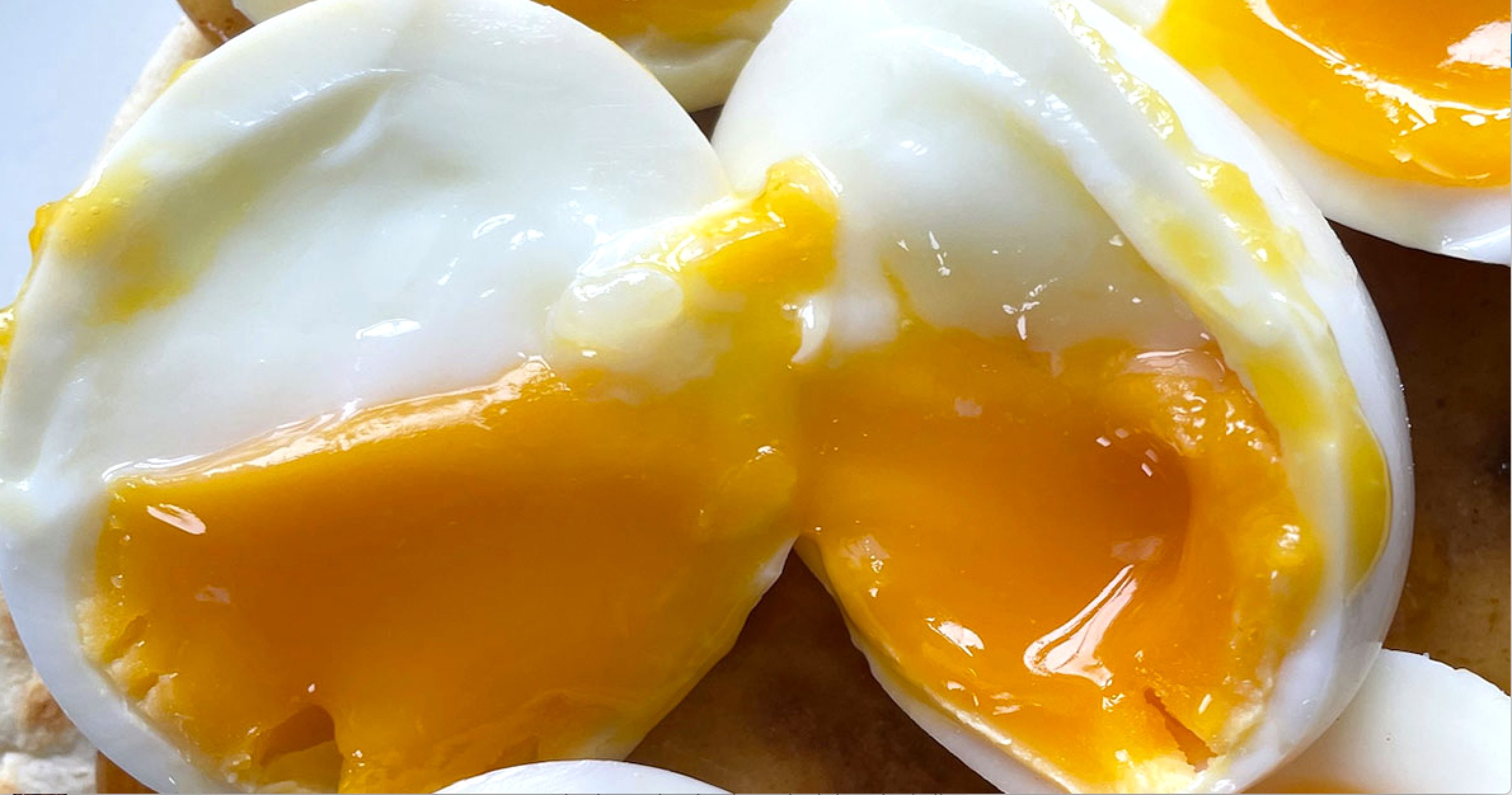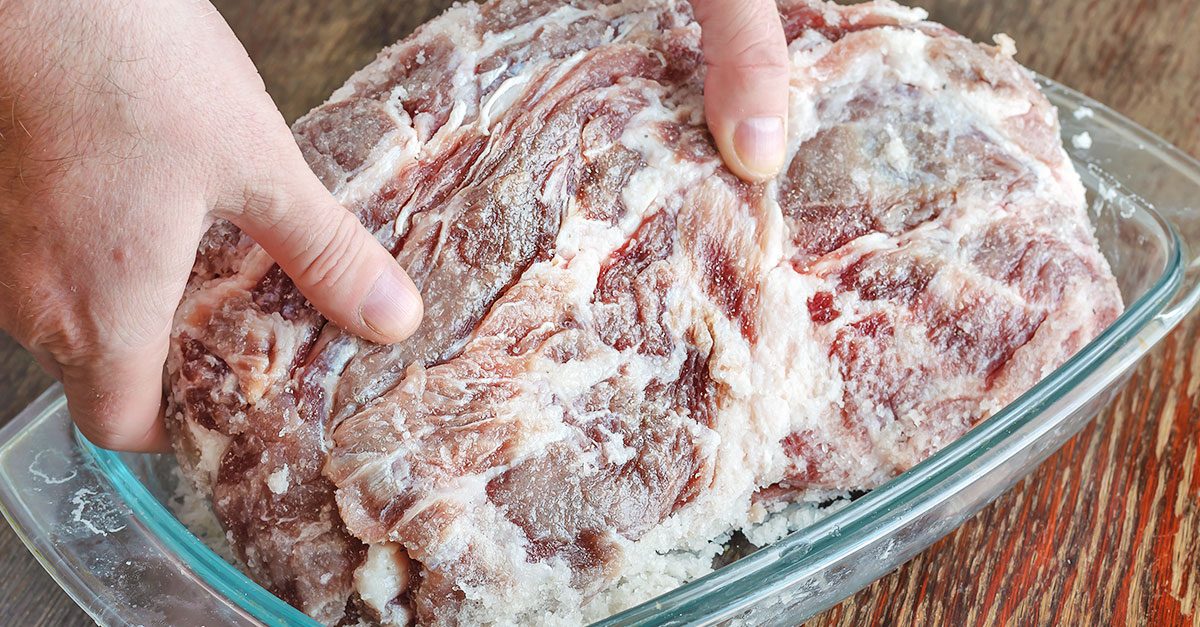;)
Salmonella is a bacterium that can live in a person's or animal's intestines. If ingested, it can cause gastrointestinal (GI) system distress. It is typically released from the body through feces, and it usually spreads to other hosts that come into contact with contaminated food or water.
What Is Salmonella Poisoning?

Salmonella infection, or salmonellosis, is a type of food poisoning that affects your GI system. Most people that come into contact with Salmonella don't develop symptoms at all, but those with weaker immune systems, such as children, the elderly, and immunocompromised people, and those who take certain medications, such as stomach acid reducers, are more likely to develop symptoms.
Which Foods Have Salmonella?
Salmonella is most likely to appear in: raw eggs, raw meat, undercooked meat, and undercooked egg products. Foods that contain these ingredients, such as raw cookie dough, are also susceptible to Salmonella. Fruits and vegetables can also carry Salmonella, and it can even be found in processed items like roasted peanuts or pet food.
Does Cooking Kill Salmonella?

The precise answer is that cooking can kill Salmonella, and depending on the type of food, the Centers for Disease Control and Prevention recommend cooking food to a temperature between 145 degrees F and 165 degrees F to kill Salmonella.
However, preventative actions, such as throwing food out after recalls, properly cleaning them before cooking, and practicing good kitchen hygiene, are safer options. If a recall advises you to dispose of a product that might contain Salmonella, it's best to listen to the FDA.
How to Prevent Salmonella Infection

1. Clean
Cleanliness is one of the best ways to prevent Salmonella. Since Salmonella travels through feces, it's especially important to wash your hands thoroughly after using the restroom, after coming in contact with animals or possibly infected foods, and after handling raw foods.
Cook: Cook your food to a temperature ranging between 145 and 165 degrees F to kill bacteria, including Salmonella. The CDC advises against cooking or storing food in the danger zone between 40 degrees F and 140 degrees F, which will cause bacteria to multiply.
2. Keep food safety practices at the fore
Maintaining proper food safety practices is another way to help prevent Salmonella in your household. Wash your hands and utensils, such as cutting boards, with soap and warm water after they come into contact with raw meat and eggs. You can also designate certain kitchen tools for use only with raw meat.
3. Disinfect
Disinfect kitchen countertops regularly, especially if they have been in contact with raw meat or poultry.
4. Wash up
Wash your hands after handling different types of food, such as meat and produce, to prevent cross-contamination between ingredients.
5. Divide
When bagging groceries, keep raw meat separated from other items.
6. Measure
Cook and pasteurize your food at high temperatures to ensure that you are killing the bacteria.
Goodluck!
;Resize,width=712;)
;Resize,width=712;)
;Resize,width=712;)
;Resize,width=767;)
